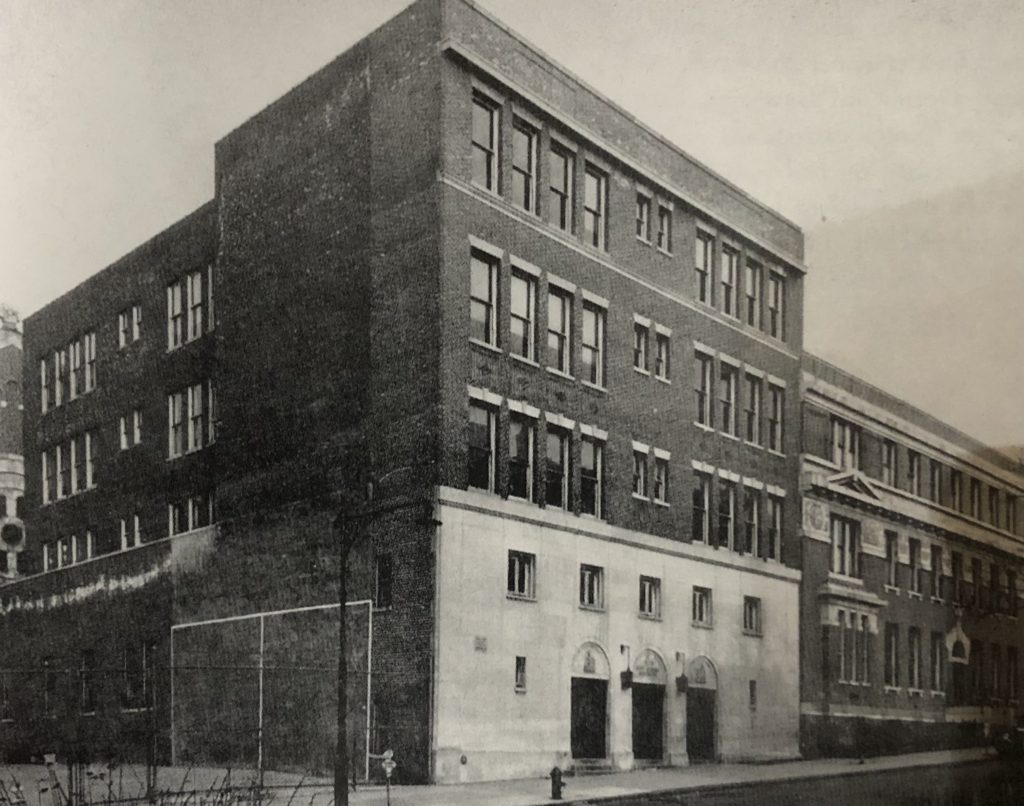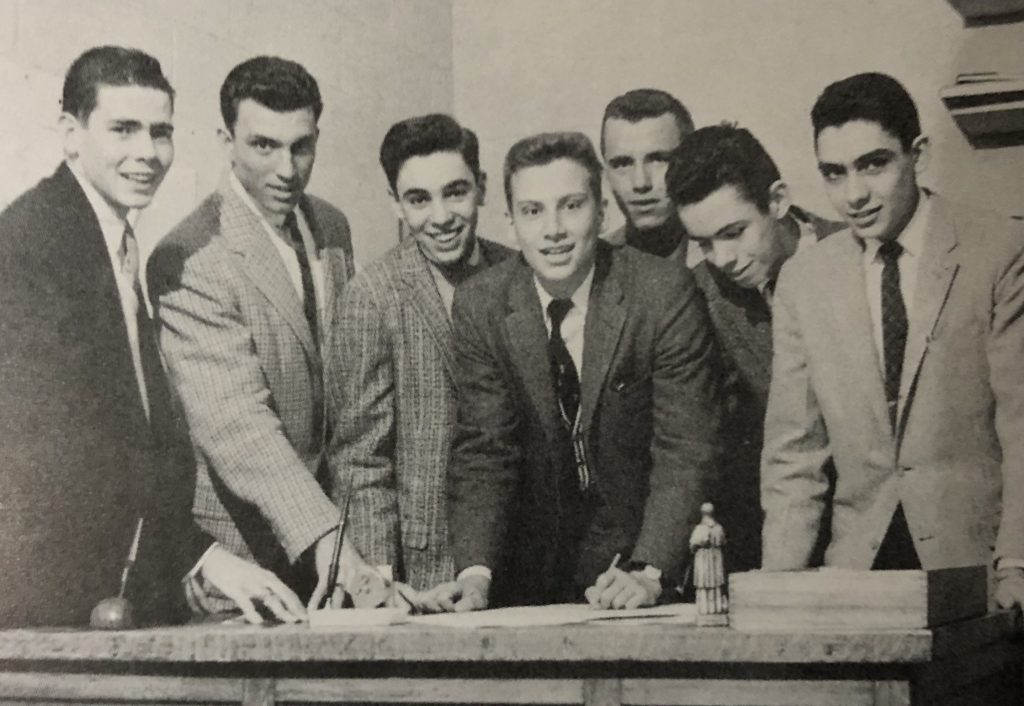
In 1926, on the corner of 43rd street in Brooklyn, a story began that so far, has no ending. That story was, and still is, St. Michael’s Diocesan High School. Though long since gone, the legacy thrives in the hearts and minds of alumni to this very day.
“As long as these guys are still breathing, they’re not letting it go,” said St. Michael’s Alumni Association President Anthony (Tony) P. Zupo, a 1959 graduate, now in his 25th year serving the role. “The enthusiasm is still as if it was 60 years ago!”
It was here that the Xaverian Brothers taught a ragtag band of Brooklyn teenagers how to live, learn, and laugh: never failing to see the humor in life, and left such a drastically positive impact that a passion and zeal continues burning unmistakably, nearly a century later.
“Many of us would not be where we are today if it weren’t for the Brothers,” wrote Tony in the Spring 2022 edition of ‘The Michaelog’ – the alumni association’s newsletter.
The Michaelmen, especially those formed by the Brothers, have given their talents to their country, families, and church.
“Their contributions to society are a tribute to the Brothers that were a part of their lives,” stated Tony.
Upon the school’s opening, when the Brothers arrived at St. Michaels, they were met with students that didn’t likely know what a “Brother” was. But, as Bob Whelan, ’40 wrote, “mutual suspicion gave way to forbearance, then tolerance, then patience, understanding, love, admiration, and finally a devotion that cannot seem to die, if the alumni association is any criterion.”
With schools centered in Kentucky, Maryland, New York, and Massachusetts, there was an interesting mix of German, Irish, and Italian Brothers, who made up the faculty.
“Consequently, you see in the typical Xaverian Brothers community the exactness of the Germans, the humor of the Irish, and the emotions of the Italians,” wrote Tony.
Tom Bundrick, ’49, stated: “While St. Michael’s had an outstanding faculty and was a formidable institution of learning, it was a terrible school in terms of amenities. Today it would likely be closed as a firetrap. But this lack of physical charm is perhaps one of its endearing qualities. We had to share the school with grammar school kids. There was no gym. Our sports teams had to travel like gypsies to find ‘home courts.’ PE was conducted in the school yard year-round. There were no lockers and there was only one bathroom to accommodate the entire school – and it was down in the hidden labyrinths of the building.”
And yet a school without amenities, looked down upon by the world’s standards, was and remains highly regarded and exalted among the alumni, rich in lifelong treasured experiences.
Examining the influence the Brothers had on the students, it extends far beyond 1960, when the last Michaelmen graduated. Over 2,500 graduated from the school. Counting the children and grandchildren of alumni, there is likely over 10,000 indirectly effected by the influence the Brothers had on their grandfathers. Alumni recall how the Brothers didn’t preach from the pulpit, rather they blended in amid the ordinary and unspectacular situations teachers encounter. They were first to admit their imperfections yet had a way of treating all students alike and had no tolerance for those who ridiculed others.
“Memories never go away with these guys,” said Tony. “The unbelievable contributions these men have made on society and the world, from fundraising for charitable events, to scholarships to attend Xaverian High School, and over 6 million to support needs of retired Brothers, is all truly remarkable.”
Tony describes the Michaelmen as the most wonderful men he’s ever met in his life, “chomping at the bit” to see classmates and reminisce at reunions, living lives as civil servants, professional businesspeople, priests, and religious. An active high school alumni is rare enough, and one for a defunct school is nearly unheard of. Yet the Association has a dues-paying membership of approximately one-third of those eligible, which is about three times what some of the best colleges can hope for. Many who never had any connection with the school participate in alumni functions. What was the divine link that sparked all this other than the enduring personal relationships and loving bonds formed by the Brothers?
“I cannot stress enough the sincere love that every Michaelmen has for the Xaverian Brothers that taught them,” Tony shared. “Everyone has a favorite story.” Alumni describe not a day going by without an amusing tale or incident which broke the tension of a typical high school day.
St. Michael’s Diocesan High School opened its doors to the first freshmen class in 1926 and closed the same doors to the last senior class in 1960. What happened in-between is a commendable feat. Over 2,500 young men were exposed to an environment that fostered a commitment to God, country, and one another. And the best was yet to come. A resurgence in devotion emerged with annual reunions increasing in alumni attendance, and in 1992, when the administration of Xaverian High School, St. Michael’s successor, asked the Alumni Association to fund the building of a chapel, a tremendous outpouring of support ensued. The St. Michael’s Chapel was dedicated two years later with Bishop Joseph Sullivan, ’48, presiding, giving St. Michael’s a permanent home.
“The spirit of devotion to the Xaverian Brothers and to St. Michael’s manifested itself beyond comprehension,” wrote Tony.
In harmony, small things grow, as evidenced by a small group of nondescript men with hearts on fire to make a difference that burns brightly and continues to live.

As a former student at St. Michael’s Grammar School, a member of the Xaverian class of 1962, a former Xaverian Brother who lived for nine years at the old St. Michael’s Brothers’ house at 345 43St (minus the demolished fire traps), I would really like to receive the editions of the Michaelog.
Can that be arranged?